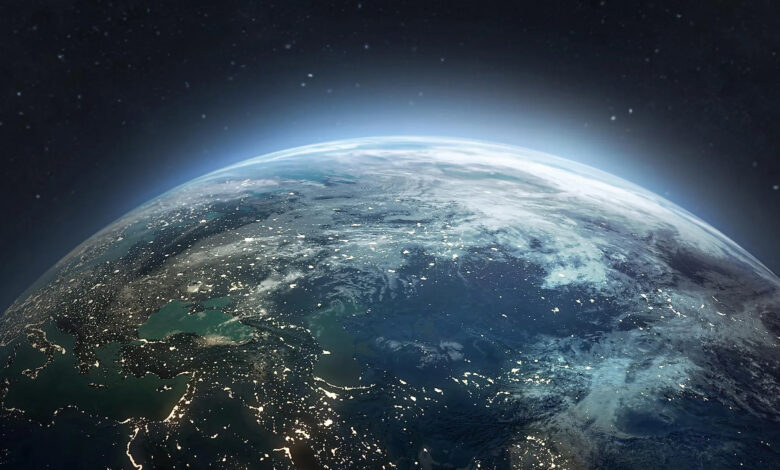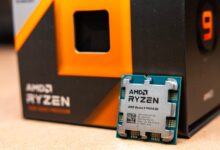
If we were to consider the entire history of the planet Earth as just one day, as in Carl Sign’s cosmic calendar, humans would not appear until a few seconds before midnight. The few hundred thousand years that our species has been on Earth is only a small fraction of the planet’s past. But how old is our planet and how do we know its age?
Earth was formed approximately 4.54 billion years ago, just 10 million years after the birth of the sun. After a huge cloud of gas collapsed to form the Sun, the remaining parts of this cloud formed the planets. Mark Popinchak, an astronomer at the American Museum of Natural History and New York University, says:
I like to compare solar systems to pizza. If the gas cloud from which the star forms is a ball of dough, it will initially be a messy mass, but it will have some initial rotation. The star consists of 99% of that dough; But the rest of the dough still spins and, given enough time, flattens out like a pizza around the star. From that one percent of dough, all the planets are formed.
However, the baby earth was far from the green and abundant world we know today. Earth was still molten due to the collisions that formed it. The heavier parts like iron settled and formed the core of our planet and the lighter elements came to the surface. This process eventually led to the formation of the Earth with its core, mantle and crust layers.
When the solar system calmed down and fewer asteroids hit Earth, the oceans formed and life appeared almost immediately. “While humans have been absent for much of Earth’s history, cellular life has existed uninterrupted for nearly 3.5 billion years,” says Papinchak. Even a new research shows that this number can be bigger and reach 4.2 billion years.
We owe our knowledge of when events took place in the history of the planet to the ground we stand on. Rocks are the key to determining the age of planet earth and its past. Scientists estimate the age of a rock by a process called radiometric dating. Estimating the age of rocks on Earth’s surface can be difficult; Because the earth is a busy and active planet. Also, volcanoes, weather conditions and geographical processes make it difficult to find rocks related to the time of the formation of the earth.
Read more:
The moon was formed by the collision with our planet in its infancy, but unlike the Earth, it does not have plate tectonics. Rock samples recovered from the moon during the Apollo space missions helped estimate the age of the Earth, and new samples brought back to Earth by more recent missions such as Chang’e 5 can also add to our understanding of the moon’s history.
For nearby planets like Mars, we can send rovers to sample and analyze the ages of the rocks; But how to estimate the age of planets located around other stars that take too long to reach? According to Popinchak:
The best way to learn about exoplanets is to examine the star itself. I look at their rotation speed. Young stars usually rotate at high speeds, while old stars rotate at low speeds. If it is possible to check the rotation speed of a star hosting the planet, the age of the star can be estimated, and the age of the planet can be obtained from the same number.
By discovering and identifying more extrasolar worlds, we can learn more about how planets form, which will help us better understand Earth’s history.








